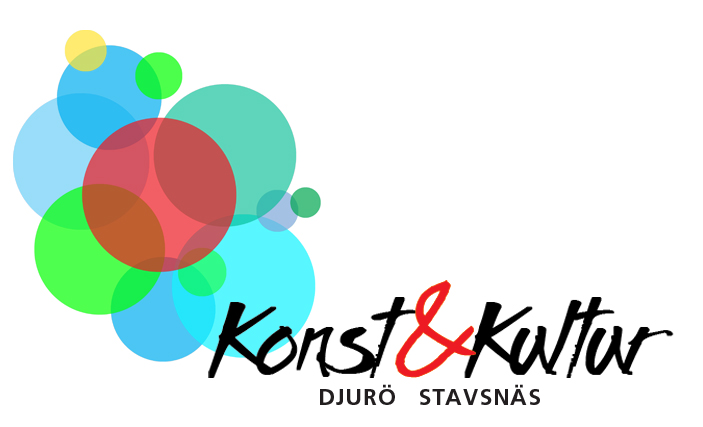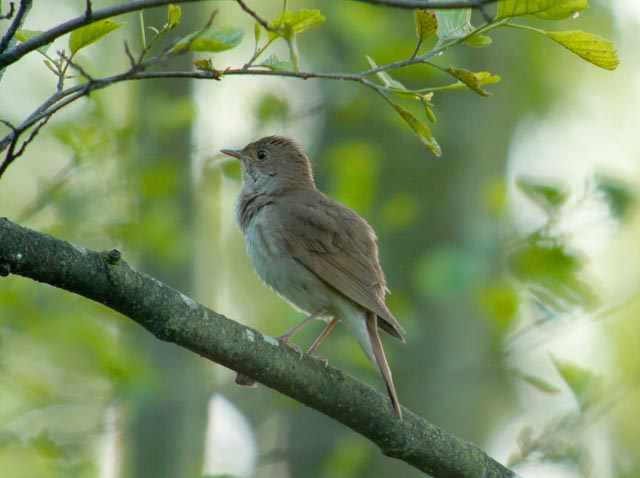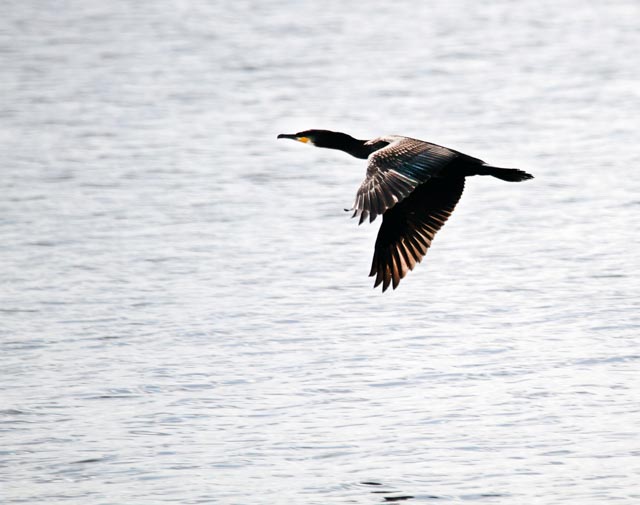Nature and Culture Trail Klockarudden
7. Flora and Fauna
A wide range of flowers thrive in the archipelago’s tough climate. If you come here in the spring, you’ll see masses of wild chives, meadow saxifrage, cowslips, hepatica, wood anenome and violets. The sticky catchfly and bloody crane’s-bill appear a little later. The elder-flowered orchid, with its purple or white flowers, grows in crevices in the rocks. Like all orchids, it’s a protected species, as are hepatica and cowslips, so you’re not allowed to pick them.Nearly all the Swedish deciduous trees are to be found in the woods here: lime, ash, alder, oak, birch, maple, goat willow, whitebeam and hazel. Oak and hazel were formerly valued for their acorns and nuts. Lime, hazel and goat willow could be “pollarded” which meant that twigs and leaves were harvested as animal feed in the winter. The lime tree provided material for making rope. You can still see old pollarded lime trees round here.The area is rich in birdlife. Amongst songbirds the blackcap, pied flycatcher and redstart stand out. Nightingales have also been heard here. Mergansers and grebes swim among the reeds. Out on the open water you can see eider ducks and in springtime you’ll hear the males calling. Gulls and terns guard their territory on the small islets, where cormorants hang their wings out to dry. If you’re lucky you may even see the mighty sea eagle searching for prey.Herring, perch, roach, whitefish and the occasional pike or perch-pike swim in the waters here. There are seals here as well.Other creatures that swim here are roe deer and elks, who need to get from island to island. In winter, roe deer often leave their tracks as they spring over the ice.To get to stop number 8 carry on along the jogging track.
|













